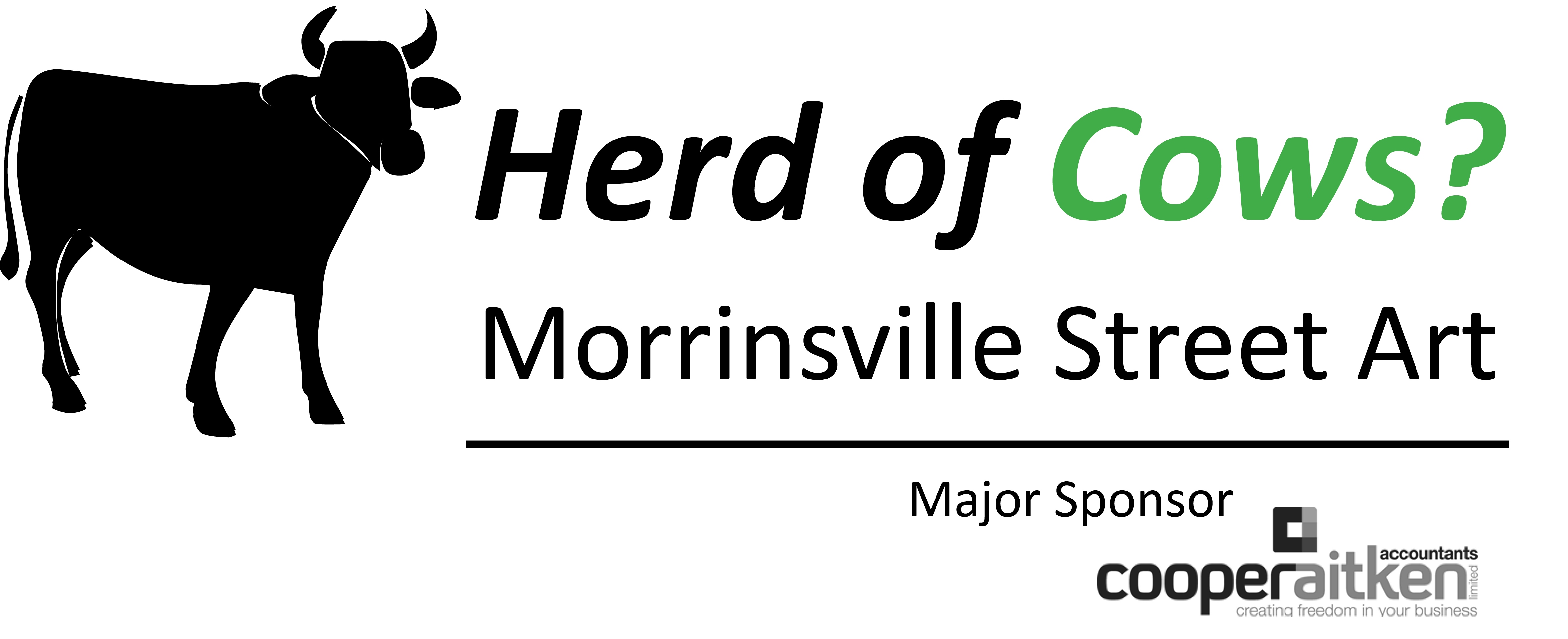
What does Fonterra’s on-farm emissions reduction target mean?
Recently Fonterra released its 30% intensity reduction for on-farm emissions by 2030. Many farmers will be asking “what does this mean for my farm”. I’m going to break this down for you.
First, you need to understand what emissions intensity is. Emissions are predominately reported two ways: absolute emissions or emissions intensity. Absolute emissions refer to the total amount of GHGs being emitted from your farm. This is reported on a per hectare basis and can be found in your Insights report. Times that number by the effective area of your farm and you get your farms absolute emissions. Reducing absolute emissions is what the previous government was proposing legislation for.
Emissions intensity is the amount of emissions produced per unit of product. For milk this is kilograms of milksolids i.e. 12.9 kgCO2e/kgMS. What this means is that you can reduce emissions via implementing efficiency gains, i.e. produce more milk with the same amount of cows. This could mean managing mastitis and lameness better so more milk goes in the vat. Try to look at this as reducing wastage in your farm system rather than an additional cost.
Next, how are you going to reduce your farms emissions intensity by 30%? First this reduction is from a 2018 baseline. So, reducing what was being emitted in 2018. There are four areas that Fonterra are applying this target to;
- 7% reduction from on-farm actions. This can be achieved through implementing best management practices. As this is a reduction of emissions from 2018 levels, farmers have already achieved 2% so this requires a further 5% reduction.
- 7% reduction from novel technology. While there is nothing on the market yet, it is expected there will be a number of innovations on the market by 2030. This includes technologies such as vaccines and other methane inhibitors.
- 8% from carbon removals from existing or new vegetation. If plants are growing between 2018 and 2030 they will be storing carbon and will be counted towards the target. Different species have different carbon storage capability, and more information on how carbon sequestration will be counted is still to be released. You will not be able to double count carbon sequestration i.e. if you have some forest in the ETS, this will not be able to be counted towards your Fonterra target as well.
- 8% from historical land use change. This considers lower rates of conversion of forestry land to dairy land since 2010. Dairy has a 20-year responsibility for the emissions released from the loss of forestry during this time which will end before 2030. Individual farmers aren’t responsible for the 8% historical land use change target, therefore the 30% emissions reduction target drops to 22%.
Finally, this is a collective target not an individual target, so one farmer may reduce their emissions from carbon sequestration by 12% compared to the farmer next door may only reduce theirs by 4%. Collectively their emissions have reduced 8% for carbon removal and meet the target.
So where do you start. First, know your numbers. These can be found in your farms Insights report. For now, the best place to focus your energy on is reducing emissions through implementing best practice measures until further information is available on novel technologies and exactly how carbon removals will be measured. Fonterra have some great resources for on farm actions available online or in your local Farm Source store or talk to your rural professional.



